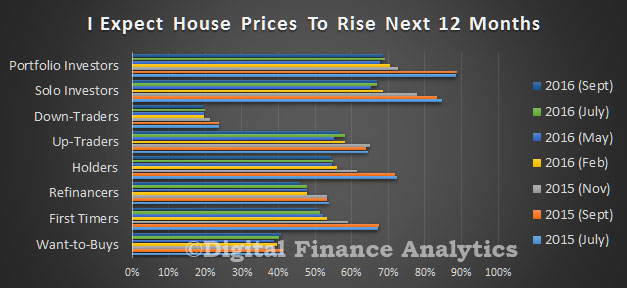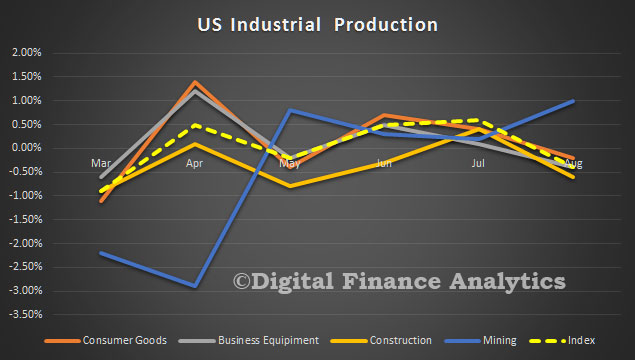A speech by Fed Governor Lael Brainard “Distributed Ledger Technology: Implications for Payments, Clearing, and Settlement” contains a number of interesting use cases, discussed in their blockchain working party.
Let me briefly mention a few of the use cases that we have explored in our discussions with industry stakeholders in order to illustrate the potential of distributed ledger technologies to improve payments, clearing, and settlement, as well as the considerations that are important to us in our assessment of benefits and risks.
In cross-border payments and trade finance, significantly faster processing and reduced costs relative to the long and opaque intermediation chains associated with current methods of correspondent banking are promising potential benefits of the technology. Reducing intermediation steps in cross-border payments may help decrease time, costs, and counterparty risks and may materially diminish opacity, for instance by enabling small businesses or households remitting payments across borders to see the associated transfer costs and processing times up front.
In trade finance, where document-intensive processes are not fully automated, distributed ledger technology may be able to reduce significant costs and speed up processing associated with issuing and tracking letters of credit and associated documents. To see the full potential of this technology realized for cross-border payments, it will be important to identify and track identities associated with the transactions, which in itself may be facilitated by the use of distributed ledgers, depending on their design.
In securities markets, the industry is exploring activities ranging from the issuance of securities on a distributed ledger, to the clearing and settlement of trades, to tracking and administering corporate actions.
For securities clearing and settlement in particular, the potential shift to one master record shared “simultaneously” among users of a distributed ledger-based system could be compelling. Sharing one immutable record may have the potential to reduce or even eliminate the need for the reconciliation of multiple records linked to a single trade among and between dealers and other organizations.
In concept, such technology could lead to greater transparency, reduced costs, and faster settlement. Likewise, distributed ledgers may improve collateral management by improving the tracking of ownership and transactions. Nonetheless, as is frequently true in the complex arena of payments, clearing, and settlement, we can also expect that practical details covering a host of technical, business, and market issues will have an important role in determining how new technologies ultimately perform.
For commodities and derivatives, there are projects to streamline some of the more antiquated corners of the markets. In markets that are heavily paper-based and lack any central means for coordination, distributed ledger technology could potentially be leveraged to provide coordination that facilitates exchange, clearing, and settlement of obligations.
A related development is the potential coupling of distributed ledger protocols with self-execution and possibly self-enforcement of contractual clauses, using so-called “smart contracts.” To take a familiar example, for a corporate bond with a specified par value, tenor, and coupon payment stream, a smart contract would automatically execute payments on the specified schedule to the assigned owner over the life of the bond. Although the idea of automating certain aspects of contracts is not new, and banks do some of this today, the potential introduction of smart contracts does raise several issues for consideration. For example, what is the legal status of a smart contract, which is written in code? Would consumers and businesses rely on smart contracts to perform certain services traditionally done by their banks or other intermediaries? Could the widespread automated interaction of multiple counterparties lead to any unwanted dynamics for financial markets? These and other considerations will be important factors in determining the extent of the application of smart contracts.
Regardless of the application, much of the industry is at a “proof of concept” stage of development. These proofs of concept are often simple, experimental uses of the technology on a small scale that help stakeholders understand the potential and limitations of the technology for a specific purpose, which in turn typically lead to refinements and more developed proofs of concept. As such, many potential applications are in their infancy, and the industry may still be several years away from an application that is ready to be fully implemented. Even so, the industry seems to be making announcements daily on new proofs of concept and progress that may lead to pilots, so that timeline could accelerate. In some cases, there have been announcements the technology will be used within the next year or two in actual production environments. The initial relatively simple proofs of concept must be followed by much more complex demonstrations in real-world situations before these technologies can be safely deployed in today’s highly interconnected, synchronized, and far-reaching financial markets.
Although many private and inward-facing projects are being explored, the industry has also recognized the need to collaborate at early stages of development. An important positive development is that industry participants are actively engaging with each other to look for common approaches. Some groups are creating standards that facilitate common platforms to enable greater interoperability of often proprietary applications that are built on them and interoperate through application program interfaces, or APIs.
In coming months and years, innovators, investors, and financial practitioners will no doubt make important strides in addressing key challenges such as adopting common standards, achieving interoperability between and among legacy systems and evolving distributed ledgers, improving scalability and computational throughput, and improving cryptographic security. These are positive developments that we will monitor closely.












